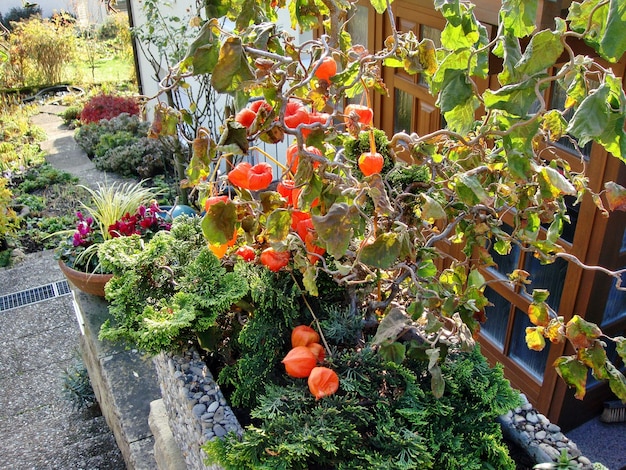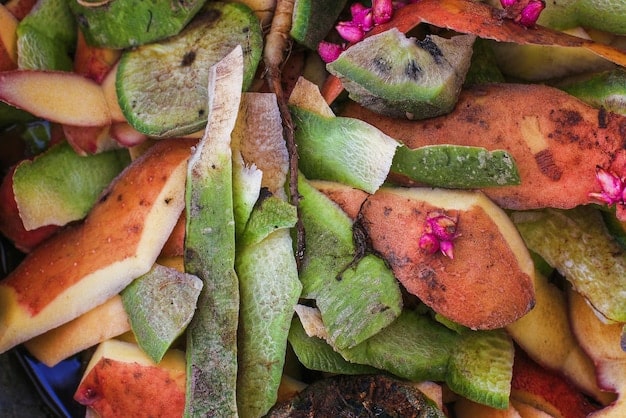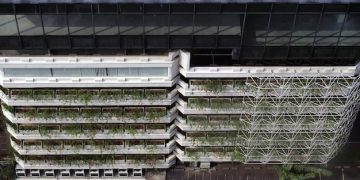Maximize Your Impact: Sustainable Gardening for a Greener Planet

Sustainable gardening encompasses eco-friendly practices that minimize environmental impact by growing your own food, reducing carbon footprint, conserving water, and promoting biodiversity.
Ready to transform your backyard into an eco-friendly oasis? With sustainable gardening, you can grow delicious, nutritious food while significantly reducing your carbon footprint. It’s time to dig in and discover how to cultivate a greener planet, one plant at a time.
What is Sustainable Gardening?
Sustainable gardening is more than just growing plants; it’s about creating a harmonious ecosystem in your backyard. It focuses on environmentally friendly practices that minimize harm to the planet while maximizing the benefits of homegrown produce.
By adopting sustainable methods, you can reduce your reliance on chemical fertilizers and pesticides, conserve water, and promote biodiversity. This approach not only benefits the environment but also provides you with healthier, tastier food.
Key Principles of Sustainable Gardening
Understanding the core principles is the first step to a sustainable garden. These guidelines help you make informed decisions about your gardening practices.
- Conserving Resources: Using water wisely and minimizing waste.
- Reducing Pollution: Avoiding chemical fertilizers and pesticides.
- Promoting Biodiversity: Encouraging a variety of plants and beneficial insects.
- Building Healthy Soil: Focusing on soil health through composting and natural amendments.

Sustainable gardening techniques can significantly impact your carbon footprint. By growing your own food, you reduce the need for transportation, packaging, and industrial agriculture, all of which contribute to carbon emissions. Moreover, healthy soil acts as a carbon sink, storing carbon dioxide from the atmosphere.
Planning Your Sustainable Garden
Careful planning is crucial for a successful and sustainable garden. Consider your local climate, soil type, and available space to create a garden that thrives with minimal environmental impact.
Start by assessing your garden site and identifying areas that receive ample sunlight, have good drainage, and are easily accessible. This initial evaluation will guide your plant selection and garden layout.
Choosing the Right Plants
Selecting plants that are well-suited to your local conditions reduces the need for excessive watering and fertilization.
Opt for native species, which are naturally adapted to your climate and require less maintenance. Additionally, consider plants that attract pollinators, such as bees and butterflies, to support local ecosystems.
- Native Plants: Require less water and fertilizer.
- Pollinator-Friendly Plants: Support local biodiversity.
- Disease-Resistant Varieties: Minimize the need for pesticides.
Companion planting is another excellent strategy for sustainable gardening. By planting certain species together, you can deter pests, improve soil health, and enhance overall garden productivity.
Building Healthy Soil
Healthy soil is the foundation of a thriving sustainable garden. Rich, well-drained soil provides plants with the nutrients they need to grow strong and resist disease.
Improving your soil naturally through composting and cover cropping is essential for long-term garden health. These practices enrich the soil with organic matter, improve drainage, and suppress weeds.
Composting: Recycling Organic Waste
Composting is a fundamental practice in sustainable gardening, allowing you to recycle kitchen scraps and yard waste into valuable soil amendments.
- Reduce Waste: Divert organic materials from landfills.
- Enrich Soil: Add nutrients and improve soil structure.
- Save Money: Reduce the need for commercial fertilizers.
Cover cropping involves planting specific crops to improve soil health. These crops can fix nitrogen, suppress weeds, and prevent erosion. Common cover crops include legumes, grasses, and brassicas.
| Key Point | Brief Description |
|---|---|
| 🌱 Soil Health | Composting improves soil structure and fertility, naturally. |
| 💧 Water Conservation | Efficient irrigation reduces water waste, benefiting the environment. |
| 🐛 Pest Control | Natural methods minimize harm to beneficial insects. |
| 🌎 Carbon Footprint | Local food reduces transport and emissions. |
FAQ
▼
Healthy soil acts as a natural carbon sink, it provides necessary nutrients to your plants without the aid of chemical products. Additionally, it assists in retaining water, allowing your plants to thrive.
▼
Utilize efficient irrigation techniques such as drip irrigation and use rain barrels in an effort to harvest and reuse rainwater. You can also explore planting native plants as they use less water.
▼
Try companion planting to ward off pests and attract beneficial insects! You can also use organic pesticides such as neem oil and diatomaceous earth to control unwanted garden visitors.
▼
It is considered superior because it reduces stress to environment, improves soil health, reduces water waste, promotes biodiversity, and helps you grow your own food. Ultimately, you can enjoy healthier foods!
▼
By growing your own food locally, you minimize the carbon emissions associated with transportation, packaging, and industrial agriculture. This helps combat climate change, and builds carbon stores on your property.
Conclusion
Embracing sustainable gardening allows you to not only enjoy the fruits (and vegetables!) of your labor but also contribute to a healthier planet. By implementing these strategies, you can significantly reduce your carbon footprint and create a thriving, eco-friendly garden. Happy gardening!





